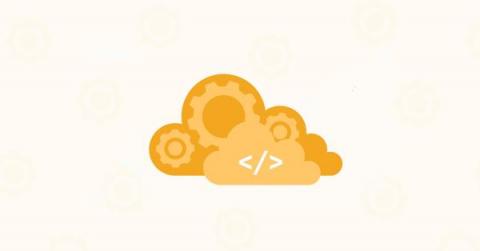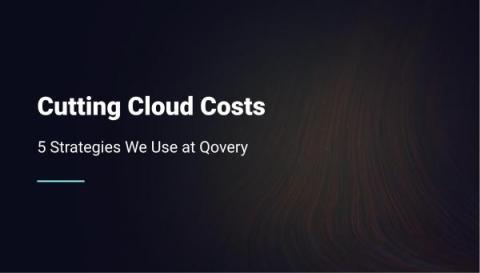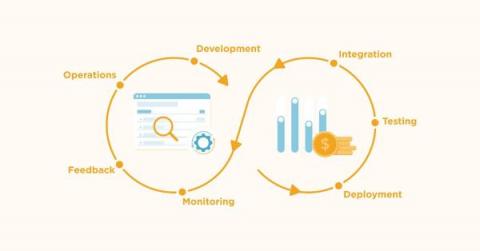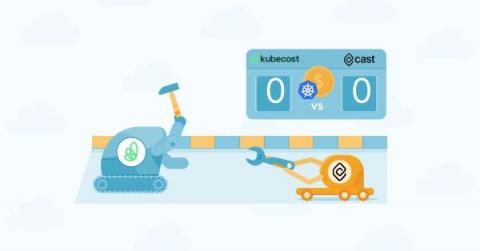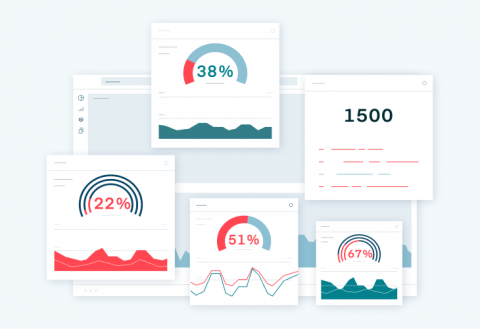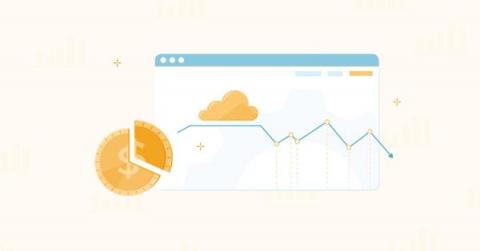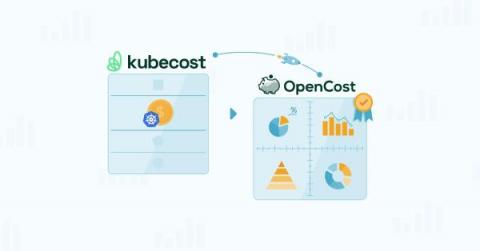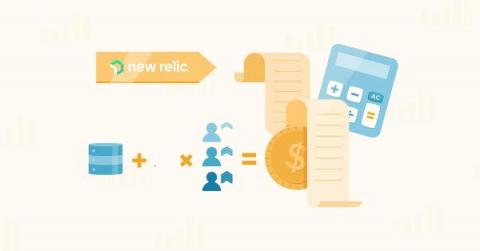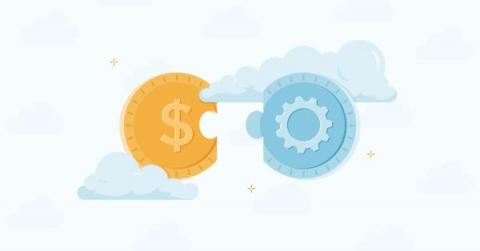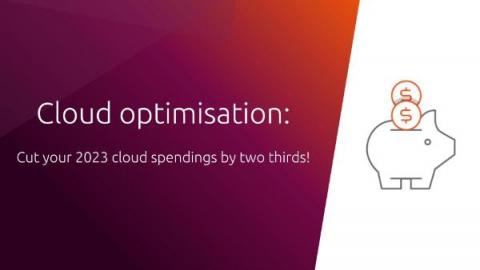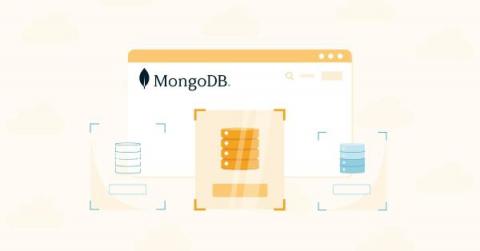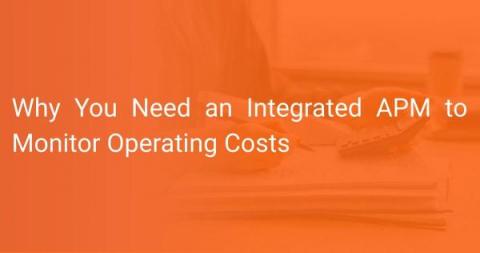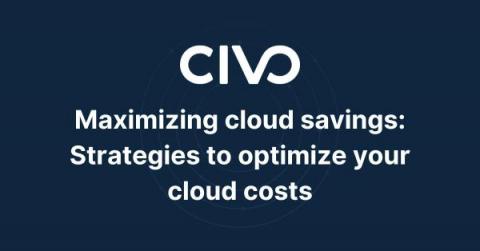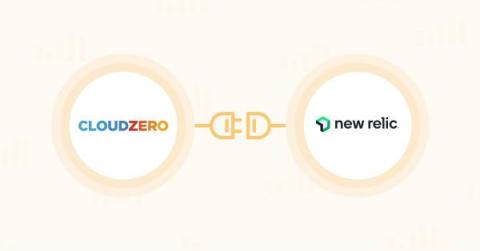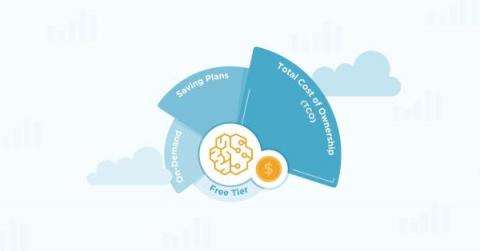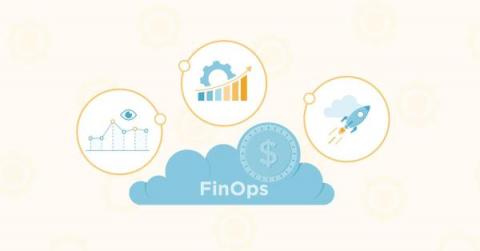Operations | Monitoring | ITSM | DevOps | Cloud
January 2023
Cutting Cloud Costs: 5 Strategies We Use at Qovery
What Is A DevOps Pipeline? A 2023 Beginner-Friendly Guide
Kubecost Vs. Cast.ai: Battle Of The Kubernetes Cost Tools
Superior Cloud Cost Optimization in Kubernetes Through Capacity Optimizer
Why Performance And Cost Are Two Sides Of A Coin
Cloud Cost Optimization: 5 best practices for reducing your cloud bills
Before we jump into cloud cost optimization, let us address the elephant in the room. Businesses are moving to the cloud but are struggling with unpredictable cloud bills. If you are a business owner who has moved to the cloud recently, you need to understand each cloud touchpoint and get a transparent view of your cloud services. When it comes to cloud cost optimization, there are many tools and techniques that organizations can adopt. Most of these can only take you so far.
Kubecost Vs. OpenCost: What's The Difference?
Maximize Cloud Savings: Advanced Cost Reduction Strategies
Cloud migration can be a powerful way for organizations to reduce costs and improve efficiency. However, simply moving to the cloud is not enough - there are a number of tactics that teams can adopt to maximize cost savings. In this article, I will first explore some common tactics that cloud migration teams use to reduce costs, then share advanced strategies that our most successful customers use to truly take advantage of the cloud for all of its far-reaching benefits.
7 Effective Ways To Reduce Cloud Waste In 2023
New Relic Pricing Explained: A 2023 Guide To New Relic Costs
How To Reduce Strife Between Engineers And Finance
Cloud optimisation: cut your 2023 cloud spending by two-thirds
Cloud optimisation enables organisations to significantly lower their cloud spending while ensuring the desired performance and necessary compliance. It’s a process that every business should adopt when choosing cloud infrastructure as a foundation for their applications. It’s been proven that applying cloud optimisation best practices leads to a total cost of ownership (TCO) reduction of two-thirds under certain circumstances. But let’s step back for a second.
MongoDB Pricing Explained: A 2023 Guide To MongoDB Costs
Why You Need an Integrated APM to Monitor Operating Costs
Application performance monitoring (APM) solutions are essential for any business looking to manage its operations efficiently. By providing real-time insights into the performance of your applications, APM solutions can help you quickly identify areas that need improvement and prevent costly mistakes from occurring in the future. But with so many different types of APM solutions on the market today, how do you know which one is right for your company?
Maximizing cloud savings: Strategies to optimize your cloud costs
Public cloud users continue to get stung by unexpected costs due to the challenges faced when working with or moving workloads into the cloud. When organizations see this surge in their costs, it typically requires the process of cloud cost optimization to tackle the problem. Cloud cost optimization is the task of minimizing cloud spending by enforcing best practices and appropriate cost-efficient resources.


